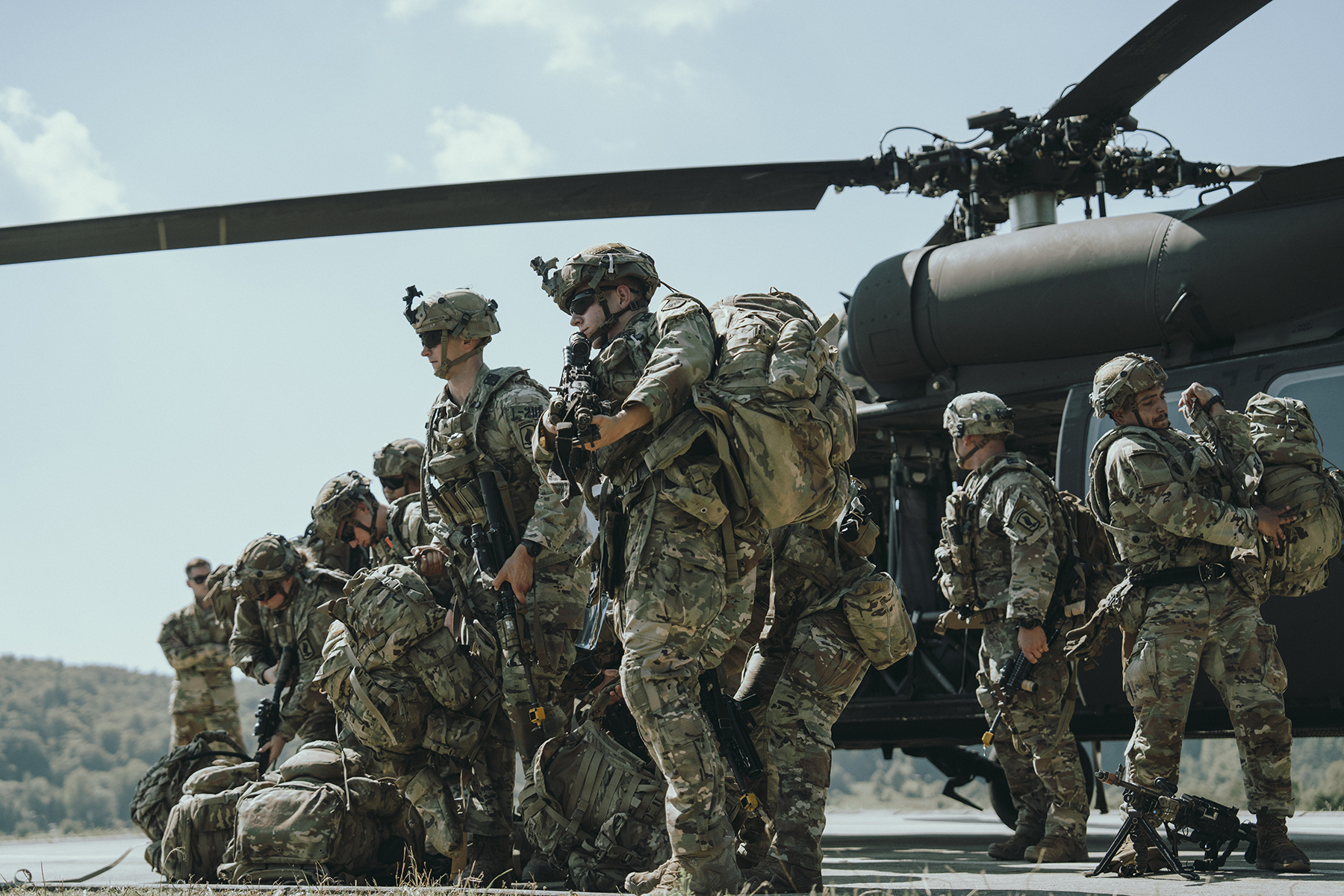

Soldiers will now see $240 per month in a new special duty pay when they are on deployments, Secretary of the Army Christine Wormuth announced Monday. Soldiers on an “operational” deployment for more than 60 days will be eligible for a flat $240 additional pay, regardless of rank. Eligibility is retroactive to Oct. 1, Wurmoth said.
“This will be something that we will offer to our soldiers for the foreseeable future,” Wormuth said, adding that the payments are being implemented “both to recognize the hardship of being away from families but also the rigors of deployment.”
To be eligible, soldiers will have to be on an operational deployment, Wormuth said, like a rotation to Europe in support of NATO and Ukraine deterrence efforts. Trips to training venues, even if dubbed a ‘deployment,’ will not make soldiers eligible for the extra cash.
Subscribe to Task & Purpose today. Get the latest military news and culture in your inbox daily.
“All soldiers of all ranks are sharing the rigors of deployment the same and they are all away from their families, so we felt like a flat rate made sense to us,” Wormuth told reporters at the annual Association of the U.S. Army conference in Washington D.C.
The new bonus will be classified under Army pay rules as an Assignment and Special Duty Pay. That means it will be in addition to long-established hazardous duty pay for assignments in or near combat. Other forms of hazard pay have included hostile fire pay in a combat operation or imminent danger pay for deployments to non-active war zones but are still in the vicinity of terrorism, civil war, or “wartime conditions in a foreign area,” said Kate Kuzminski, deputy director of studies and director, military, veterans, and society program at the Washington D.C.-based think tank, Center for a New American Security. There are also a range of hazardous duty incentives for training scenarios like flying duty, parachute duty, demolition duty, and diving duty.
The decision to make the pay a flat rate across all ranks comes after a previously leaked Army memo reported by Military.com appeared to set the stage for the pay to vary by rank. With the final decision to do a flat rate, Army Chief of Staff Gen. Randy George said the payment was modeled after how the service handles jump pay for airborne soldiers – a flat rate no matter their rank.
“Jump pay’s the same for everybody,” George said. “Everybody is doing exactly the same thing.”
Wormuth noted that Congress provided appropriations to fund the new payments.
The latest on Task & Purpose
- A Marine went on a comedy podcast. The sister of a fallen scout sniper was listening.
- After nearly 5 years, the Space Force still can’t get its own dress uniforms for most guardians
- The Navy’s 1945 cookbook teaches how to feed hundreds of sailors
- Navy SEAL astronaut doctor Jonny Kim will blast off into space next year
- An Air Force special ops squadron damaged three Ospreys in five days
